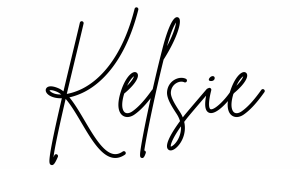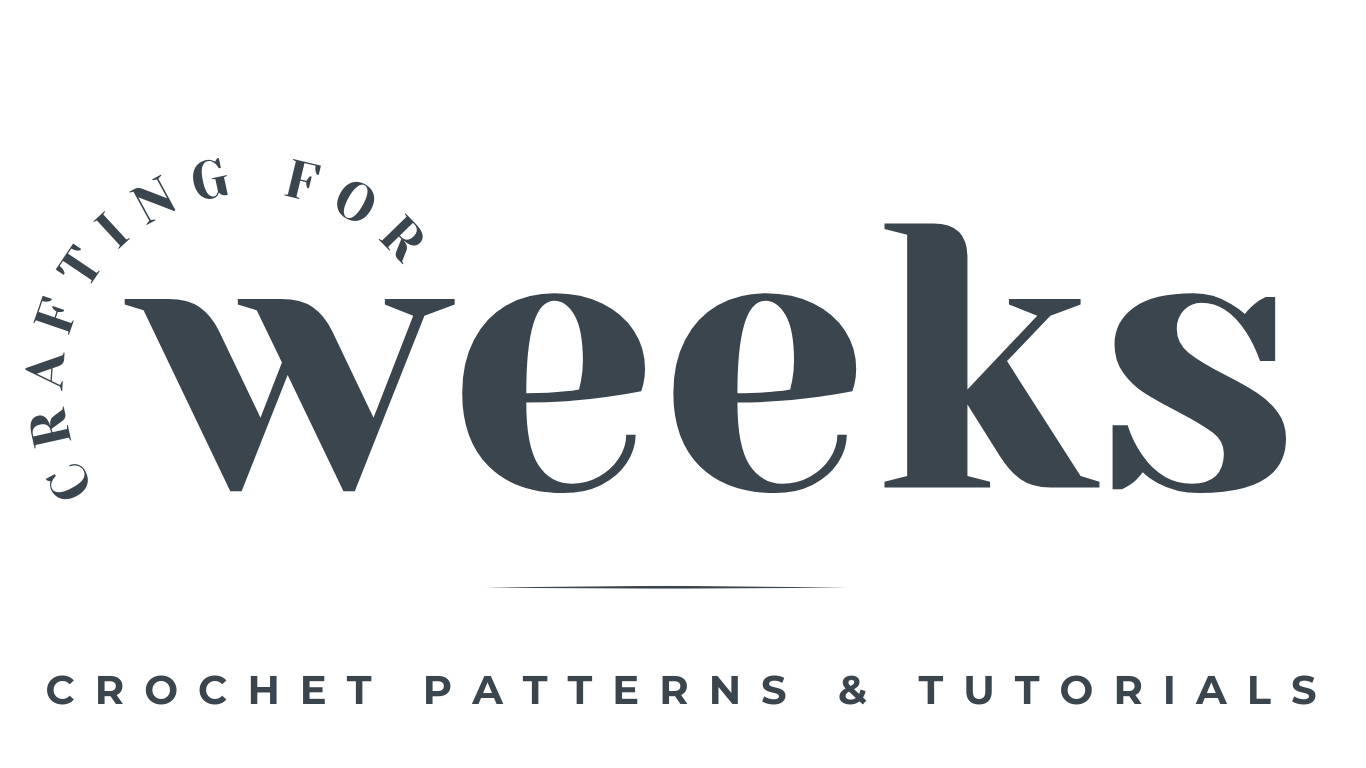How to Slip Stitch (sl st) in Crochet
Hello friends! I’m going to be sharing how to crochet the slip stitch with you today! This is part of a beginner series that I have put together to help people that are brand new to crochet start learning stitches. The slip stitch is a foundational stitch in the crochet journey and so easy to learn!
I’ll be sharing some characteristics of the slip stitch, as well as some common uses. I’m also going to give you a step-by-step photo tutorial and a sample pattern so that you can get used to reading what it might look like in a pattern. I’ll also share some tips and tricks to help you through potential problems with this stitch. And of course, I’ll link some free patterns that you can practice with. Let’s get started!

About the Stitch
The slip stitch is the shortest and slowest building crochet stitch. Because the stitch is so short, and it adds very little to the height of a project, it is ideal for things like edging, seaming, joining rounds, and embellishments. It is also used in things like ribbing and fabric.
Abbreviation
The slip stitch is abbreviated “sl st” in US terms. You may see it noted at “ss” as well.
Fabric Characteristics
When worked together in rows, the slip stitch creates a dense knit-like fabric with a lot of stretch. When combined with another stitch, the slip stitch can provide unique textures or a ribbed effect.
Skill Level
Beginner
Quick Instructions
To complete a slip stitch, insert hook into stitch, yarn over, pull up a loop. Slip pulled up loop through loop on hook.


Step-by-Step Tutorial
Foundation Row
- Start by chaining any number of stitches.
- Insert your hook into the second chain from your hook.
- Yarn over by wrapping your yarn around the hook from the back to the front.
- Pull up a loop by bringing the wrapped yarn through the stitch to the front of your piece. You should have two loops on your hook.
- “Slip” the loop nearest to the hook through the second loop.
- Repeat Steps 2-5 in each chain stitch across your row.






Following Rows
- Start each new row with a chain 1 and turn.
- Skip the chain 1 stitch. (For help identifying, see Troubleshooting section)
- Insert your hook under the two top loops from the slip stitch below.
- Yarn over by wrapping your yarn around the hook from the back to the front.
- Pull up a loop by bringing the wrapped yarn through the stitch to the front of your piece. You should have two loops on your hook.
- “Slip” the loop nearest to the hook through the second loop.
- Repeat Steps 2-5 in each chain stitch across your row.



This series is your row repeat. You’ll start each row with a chain 1 and turn and continue this repeat until your piece reaches your desired height.
Pattern for Swatch
Row 1: Ch 17, sl st in 2nd ch from hook and each ch across. (16)
Row 2: Ch 1 and turn. Sl st across. (16).
Repeat Row 2 until your fabric reaches your desired height.
Joining a Row or Round
Now that you have the concept of the slip stitch down, let’s try it in another common application. Often when you are working in circular rows or in rounds, you will join with a slip stitch at the end of the row or round. Unless told otherwise, I like to work my slip stitch joins in the top of the first stitch of the round. If you’re a beginner and just putting this stitch into use, joining to the top of the first stitch is a good practice to incorporate.
The stitch itself will be the same as show in the Step-By-Step Tutorial above. However, you will likely only need one slip stitch to do your join. Below you can see what a slip stitch in the round might look like.



Surface Slip Stitch
Surface slip stitch is another fun technique that requires the crochet slip stitch. Surface slip stitch or surface crochet is often used to add lines, texture or even words to a piece of crochet fabric. Instead of working your slip stitch into rows or in stitch combinations, you will actually work them through your fabric.
Surface slip stitch might look intimidating at first glance, but its a very simple technique. You will insert your hook through your fabric, yarn over, and pull up a loop. Then slip your first loop through your second loop as normal. Your next slip stitch will go back through your fabric. As you work, you will be creating a “line” of slip stitches. This line can be straight or curvy…you’re basically drawing with yarn!





Troubleshooting
The slip stitch is one of the simplest stitches to learn, but it can prove to have challenges of its own, even when you’re not a beginner. I’m going to take a moment to address a few of the main ones that come up when working with this stitch.
Tension
Tension is a very common issue when using slip stitch. Like I mentioned before, the slip stitch is a very short, flat stitch. That means there’s not much room under the top bars when you’re working consecutive rows into the stitches below. It’s really important to keep you tension loose when working with this stitch. Tight tension will make it very difficult to insert your hook stitches in the row below. If you’re using surface slip stitch, seaming or edging a project, tight tension will cause puckering in your fabric.
As a general rule, you’re slipping your loops, leave them a little larger than you would with other stitches. You’ll thank yourself later! If you’re still struggling, try using a crochet hook that’s slightly larger than the size recommended for the yarn. A larger hook will naturally keep your stitches looser.
accidentally Adding stitches
It’s really common for new crocheters to accidentally add stitches to their row. This can happen in a variety of ways, but the main reason for this is not knowing where your starting stitch for the row is. The more you crochet, the easier it will be able to find the first stitch of the row but it can take practice to find it..
From above, the turning chain and the first stitch of the row are identical. So whenever you chain 1 and turn, the second stitch from your hook is the first stitch of the row. Check out the photo below to see what the starting stitch of the row looks like.

Finding your Row below
Again, the slip stitch is a short stitch so it doesn’t build very high with each row. This can make it difficult to figure out where to work your next row of stitches. When you’re looking at the front of a row of slip stitches, you can see a row right across the front. That’s not the row! Rotate your piece slightly towards and now you’re looking at the row you should work into. The row is usually slightly offset so it can be helpful do a small rotation to help you see your stitches better.


Free Patterns
Try it Out
- Bauble Headband
- Dish Cloth Sampler Set (coming soon!)
- Crunch Stitch Christmas Stocking
Final Thoughts
I hope you enjoyed this tutorial! Be sure to check out some other fun stitches and simple patterns to practice with in my Learn to Crochet series! I’m so excited for you to go further with your crochet journey.
I’d love to see how you end up using it, so be sure to tag me in your projects on @craftingforweeks on Facebook or on Instagram so that I can check them out!
Until next time, Happy Crafting!








